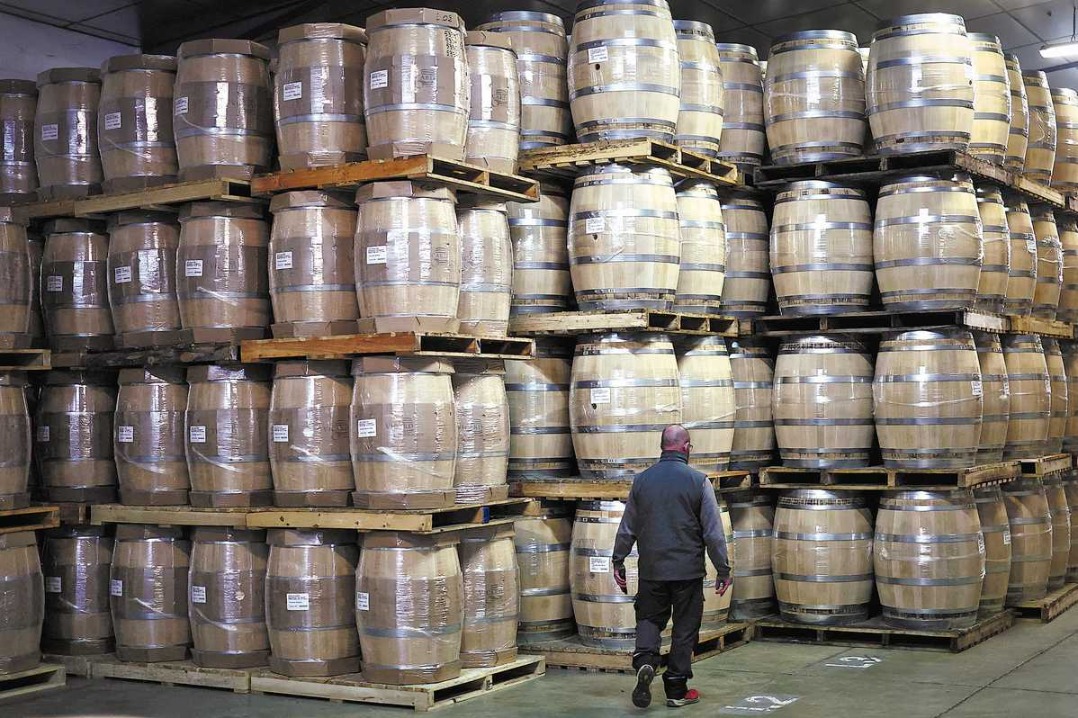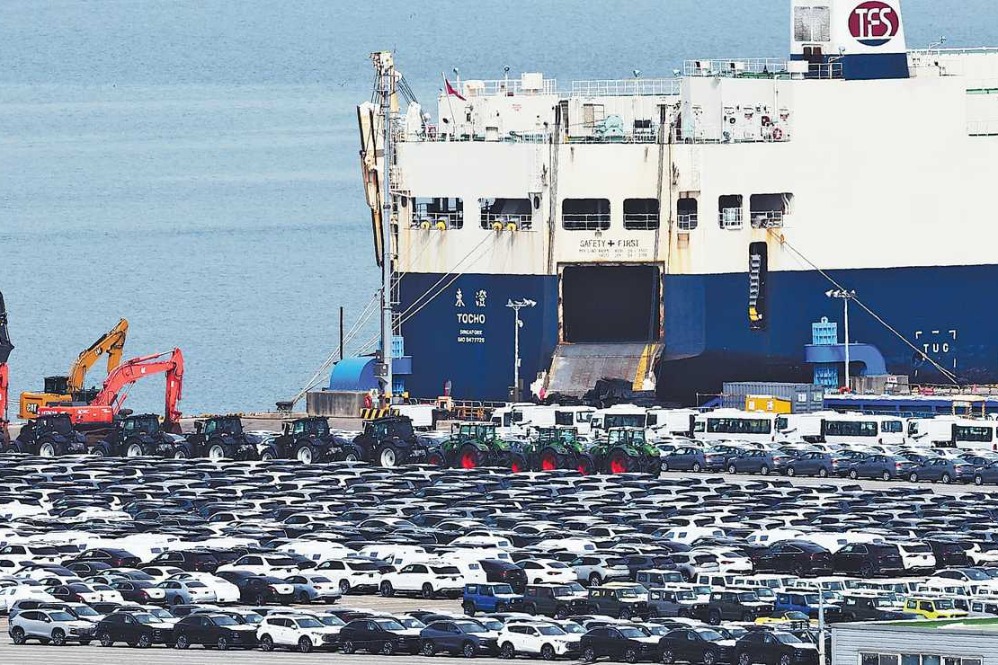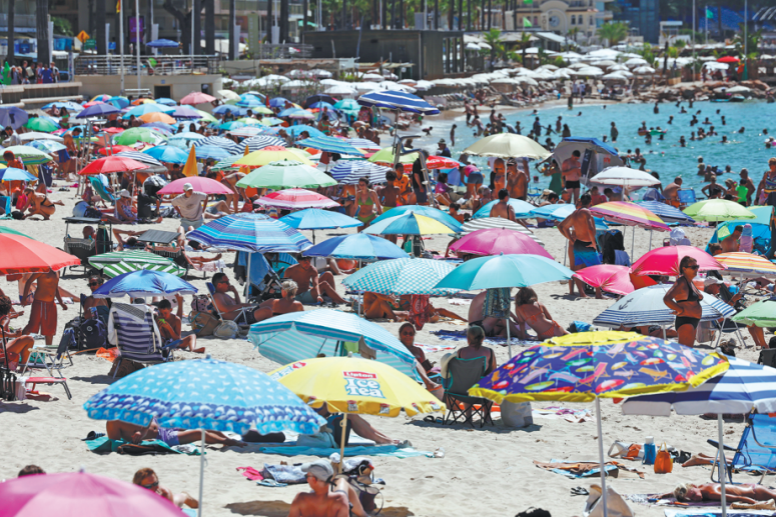Massive algal bloom ravages South Australia's coastline

A toxic algal bloom covering more than 4,400 square kilometers of South Australia's coastline is being labeled an ecological catastrophe, as dead fish, stingrays and dolphins wash up on beaches.
"This is a natural disaster," South Australian Premier Peter Malinauskas told ABC's News Breakfast on July 22.
First detected off the Fleurieu Peninsula in March, the bloom has spread north into Spencer Gulf, south into the Coorong wetlands, and along Adelaide's coastline into the Port River.
The brownish foam has devastated marine life and disrupted tourism and commercial fishing. The state and federal governments have announced a A$28 million ($18 million) relief package for cleanup efforts. However, the long-term cost to affected industries remains uncertain.
"It could take years before everything returns to normal," Perran Cook, a professor in the School of Chemistry at Melbourne's Monash University, told China Daily.
Algal blooms are a naturally occurring phenomenon, he said, but what made this one so unusual were several events — a warm summer, a marine heat wave and major flooding.
Martina Doblin, CEO and director of the Sydney Institute of Marine Science, said algal blooms do not start as big as the one in South Australia, the scale and duration of which are unprecedented.
"We cannot just treat this as a one-off event that should be monitored," she said. "This is a complex problem, and we need a coordinated science-industry-governance response to be more strategically positioned for such events in the future."
How Australia prepares for future algal blooms is a "big question", Doblin said, one that scientists and an advisory committee will be addressing in the coming weeks.
She emphasized the need for accurate real-time ocean models, good spatial data on tourism and fishing activity, and a better understanding of harmful algae and prevention methods.
Adriana Verges, a marine ecologist at the University of New South Wales, described the crisis as extremely severe, with widespread deaths of nearly 500 marine species — including habitat-forming sponges and other invertebrates — along more than 500 kilometers of coastline.
"It's completely devastating," she said.
Lucille Chapuis of the School of Agriculture, Biomedicine and Environment at La Trobe University in Melbourne said, "We can expect more algal blooms as our climate continues to warm."
karlwilson@chinadailyapac.com

































